Subscribe
The information you submit will be stored and used to communicate with you about your interest in Commercial UAV News. To understand more about how we use and store information, please refer to our privacy policy.
New Backing, Bigger Payloads: Central UAS Technologies Pushes Drone Innovation Forward

Sponsored by Central UAS Technologies
Over the last couple of decades, the use of drone technology for agriculture, forestry, and other nature-based sectors has rapidly developed from an extreme rarity to fairly commonplace. The UAVs themselves have continued to improve and become more accessible, and the payloads, including sprayers, sensors, and more, have increased their capabilities to meet growing demands throughout the industry. As these iterations continue to build upon the previous generations of drones and payloads, more professionals are seeing value in these tools and incorporating them into their regular workflows.
Central UAS Technologies has been one of the leaders in bringing all of this technology to a variety of markets, dating back to when the company was known as Leading Edge. Developing both hardware and software, while also providing consulting services, the company offers solutions and services from every angle, giving them the right perspective to know what is possible with today’s technologies, and what the next generation of operator need to more efficiently and effectively complete their work.
Recently, Commercial UAV News spoke with Kelley Wittenberg, part of Central UAS’ technical sales team, about their recent acquisition by and merger with Central Garden & Pet, the benefits customers will see from that new partnership, their latest release, and how they approach innovation for the industry.
Wittenberg shares that the origins of Leading Edge date back to Bill Reynolds, their founder, and his previous experience developing technologies for droplet spectrum analysis. That largely took place within the crewed aircraft space, but in 2012, he saw an opportunity to start a division focused on drones. That focus was originally on developing software, but after some dissatisfaction with the drone technology on the market about 10 years ago, they started making their own drones, with the first model being sold in 2017.
With a lot of the company’s work taking place with mosquito control districts around the United States, they were using products from Central Life Sciences, a business unit of Central Garden & Pet, developing a strong relationship between the two companies. That led to an acquisition in 2024.
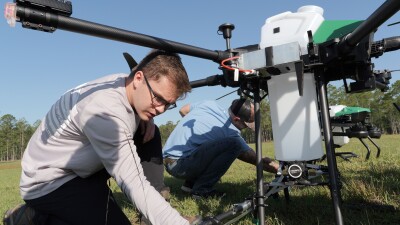
“We got to this point where it just felt like a natural fit to solidify that relationship with Central, and they acquired us in November of 2024,” Wittenberg said. “Now we’ve got this great synergy with Central, where we’re innovating on the use cases for these drones for aerial applications. We are expanding our operations into so many different industries where Central really has a great foothold.”
Asked about what customers stand to gain because of this acquisition and the growing partnership between the two companies, Wittenberg pointed first and foremost to the ability to continue innovating.
“The research and development continues to come at a much higher cost, so the backing from Central enables us, from a financial perspective, to really grow faster than we could have on our own.”
That process has already started with the Central UAS Technologies’ latest release, their PrecisionVision® 100X. Unveiled just this month, the new drone maintains many qualities from its previous iterations of products, including interchangeable payloads with liquid and granular application types. Now, however, they have a drone with “by far” their largest payload capacity, coming in at 100 pounds.
“When we’re talking about expanding into other markets – in ag pasture, range, land management – all of these wide open spaces that have a large need for heavy capacity. This drone can be a perfect fit for these use cases,” Wittenberg explained to CUAV News.
She would go on to explain that this new drone, and all of their innovations for both hardware and software, come from within their company culture, which she describes as being built on “years and years of data and research.” One of the examples she points to for backing this up is their unique liquid payload system for sprayers.
“We’ve got a unique liquid payload system in that we are one of the only – if not the only – company that produces drones that have a boom and nozzle configuration.”
With this customizable approach, she says, operators will be able to significantly mitigate drift. It’s not possible to completely eliminate it, of course, but by being able to choose the number and type of nozzles to move along the boom, their years of research indicate that professionals can notice a significant difference.
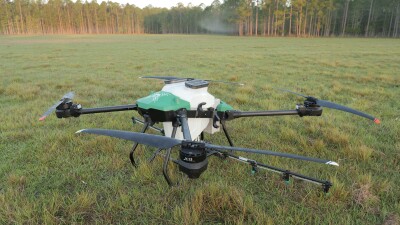
“We still do give people the option to use their traditional spray configuration,” Wittenberg explained. “But for enhanced precision and drift optimization, that boom and nozzle configuration is going to be your best bet.”
This culture of leaning on real-world experience and data is also buoyed by strong relationships with customers. When these users present problems for their specific use cases, there are times when Central UAS Technologies can use that as a jumping-off point to create a new configuration that can solve problems across multiple sectors. Wittenberg shares an example of one customer who had a specific problem spraying an orchard and wanted to avoid a ground rig. Their current setup wasn’t giving them the canopy penetration they were looking for, and eventually, they brainstormed a vertical spray boom, which can be applied for both this specific customer’s need and also others with similar setups.
Looking ahead, Wittenberg is excited for the potential for Central UAS Technologies to continue its innovation and service for the wider industry. In the short term, operators in the United States are surely aware of efforts to ban or at least lessen the use of foreign-made drones. Central’s drones are manufactured in the United States, and they’ve been NDAA Section 889 compliant for years, putting them in a good position to continue serving their customers regardless of the regulatory landscape moving forward.
Widening the view even beyond that, she points to their recent acquisition as a launching point for their next generation of innovations. Artificial intelligence is transforming how work is done across nearly every industry on the planet, and this one is no different. The additional funding from this acquisition gives Central’s R&D team the boost it needs to develop the next generation of products and capabilities, from multi-use tools to more advanced imagery detection, that the industry will rely on in the future.
With their structure of developing both hardware and software while also offering services using all of these tools, they are in the perfect position to lead much of this innovation.
“We’re eating our own cooking all day, every day, and that helps us very quickly learn in the field, in the real world, what works and what doesn’t work. So every generation of drone has improved and grown from that.”
Join Central UAS Technologies next week for their webinar, UAS Beyond Imagery: Exploring the Evolving Capabilities of Spray Drone Technology, taking place September 16 at 1:00 PM Eastern Time.



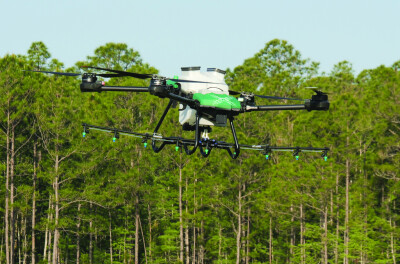


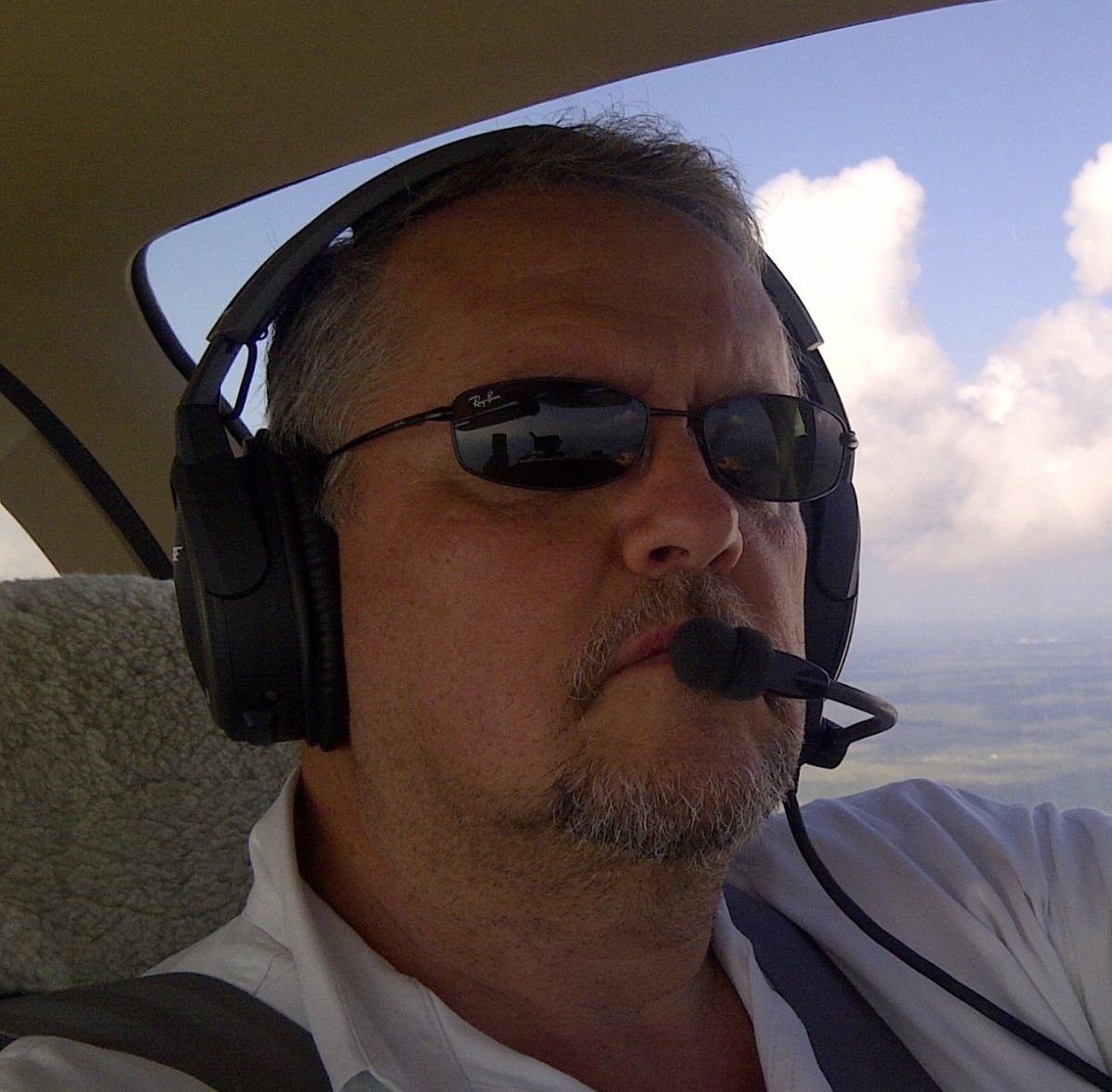


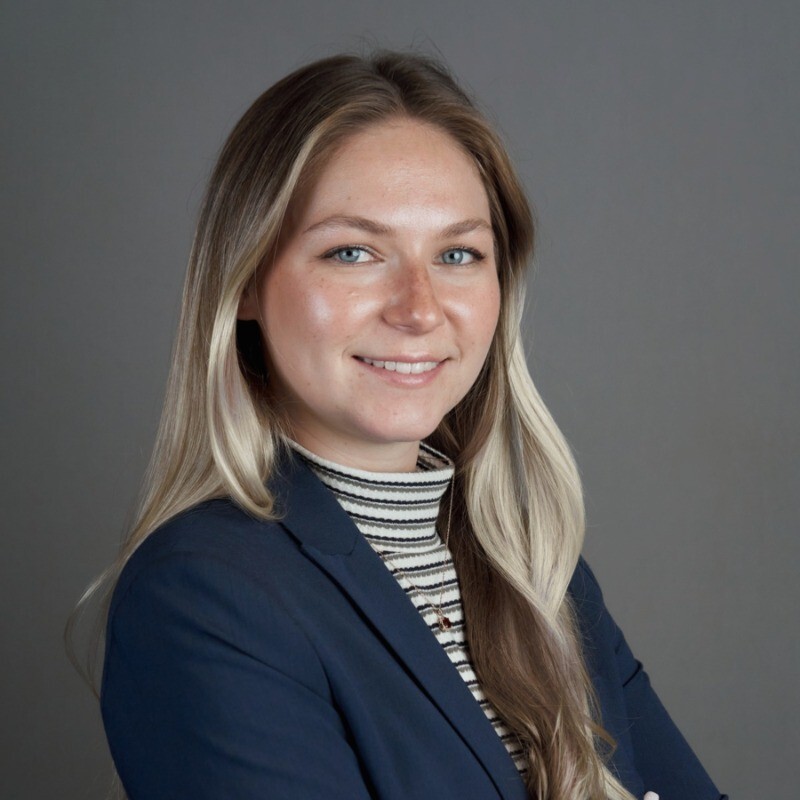
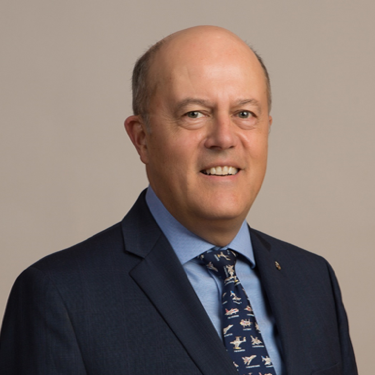
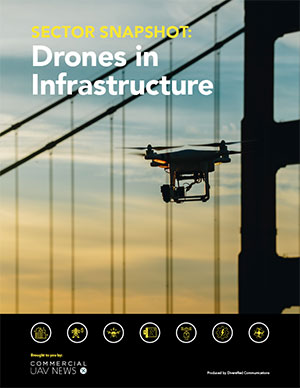
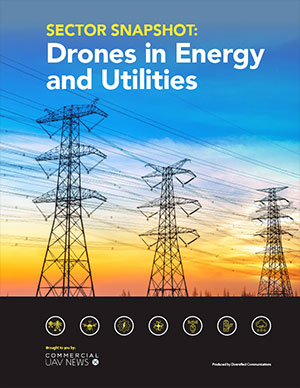
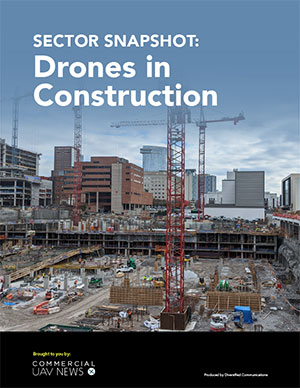
Comments